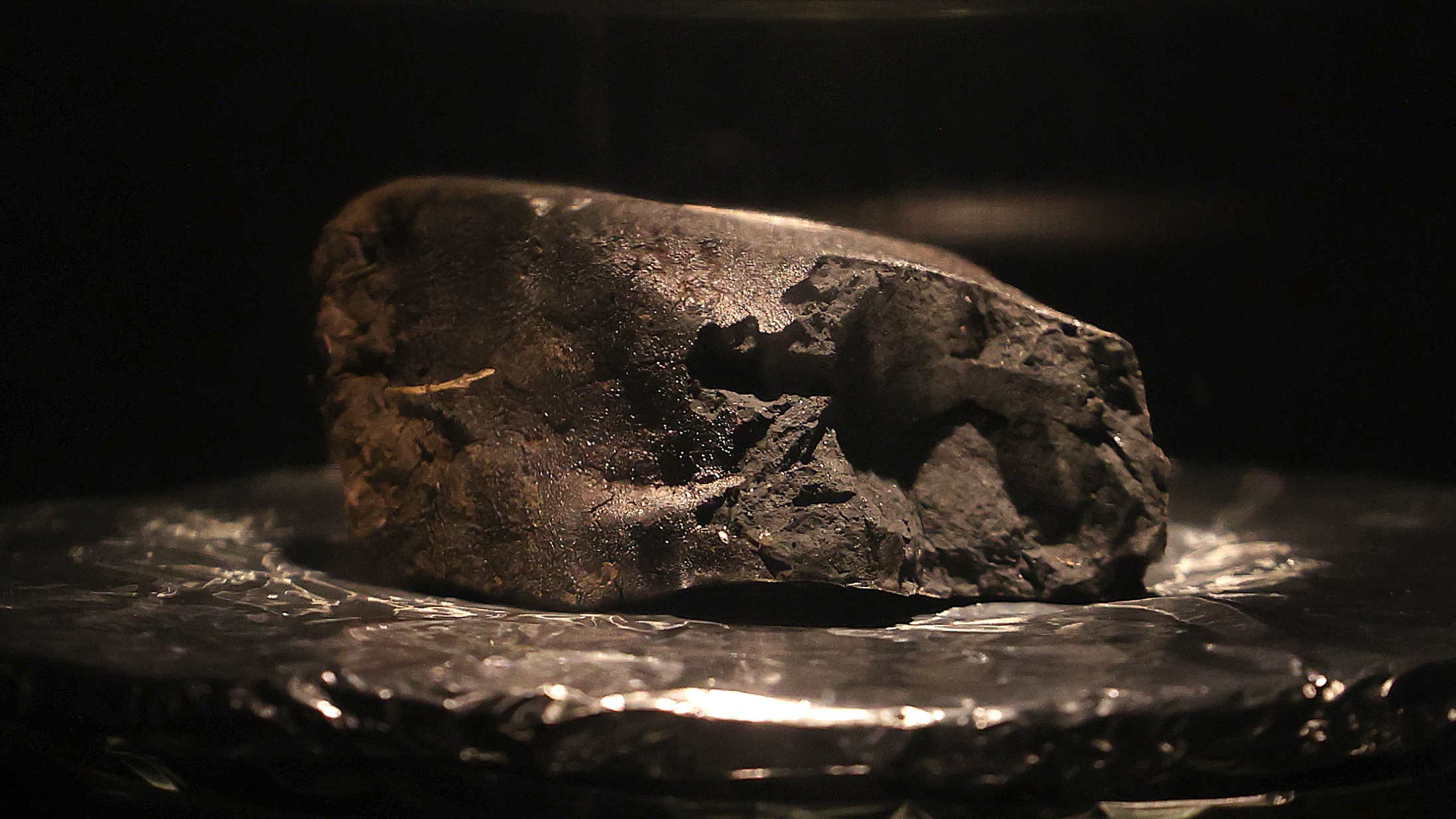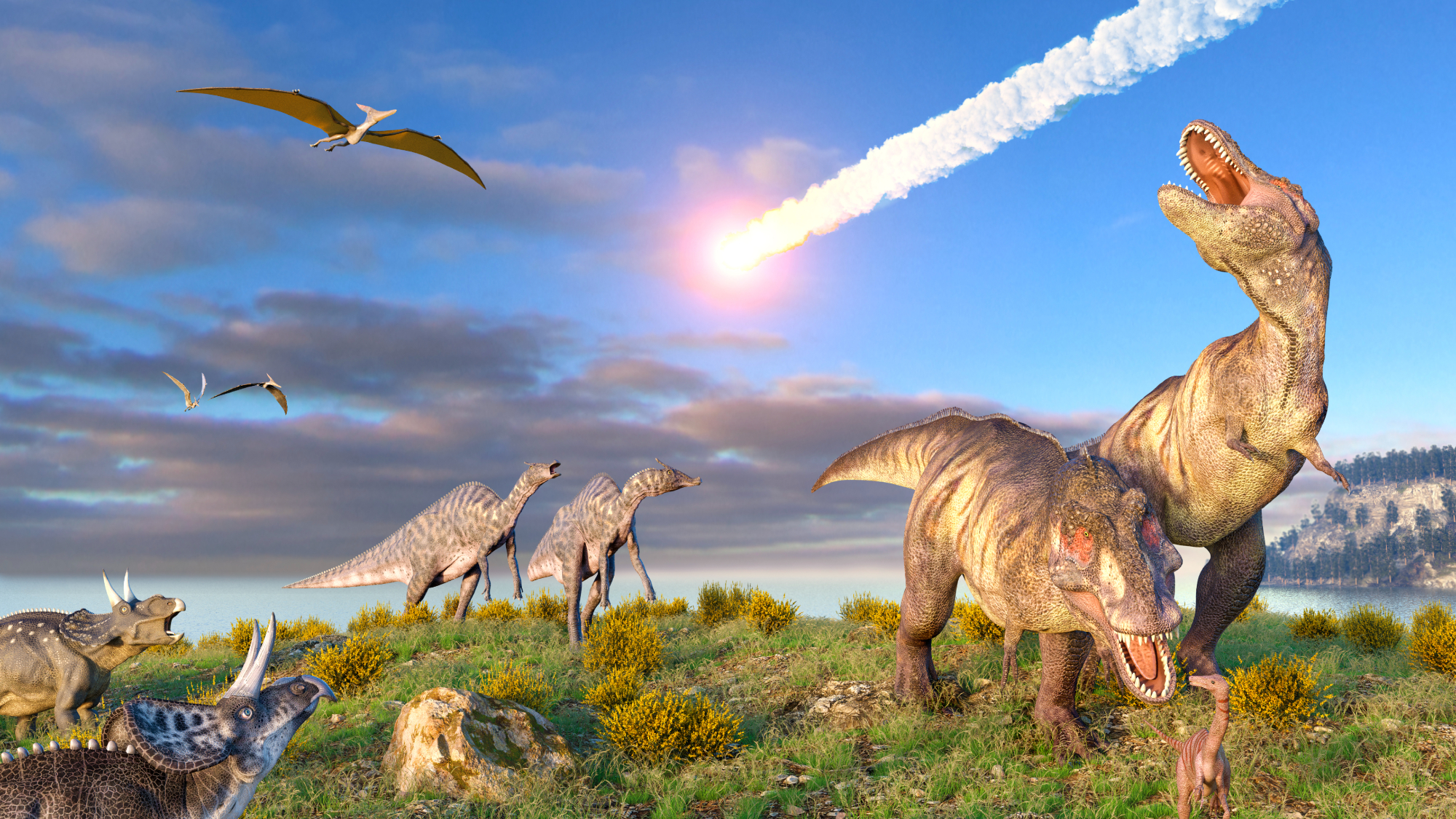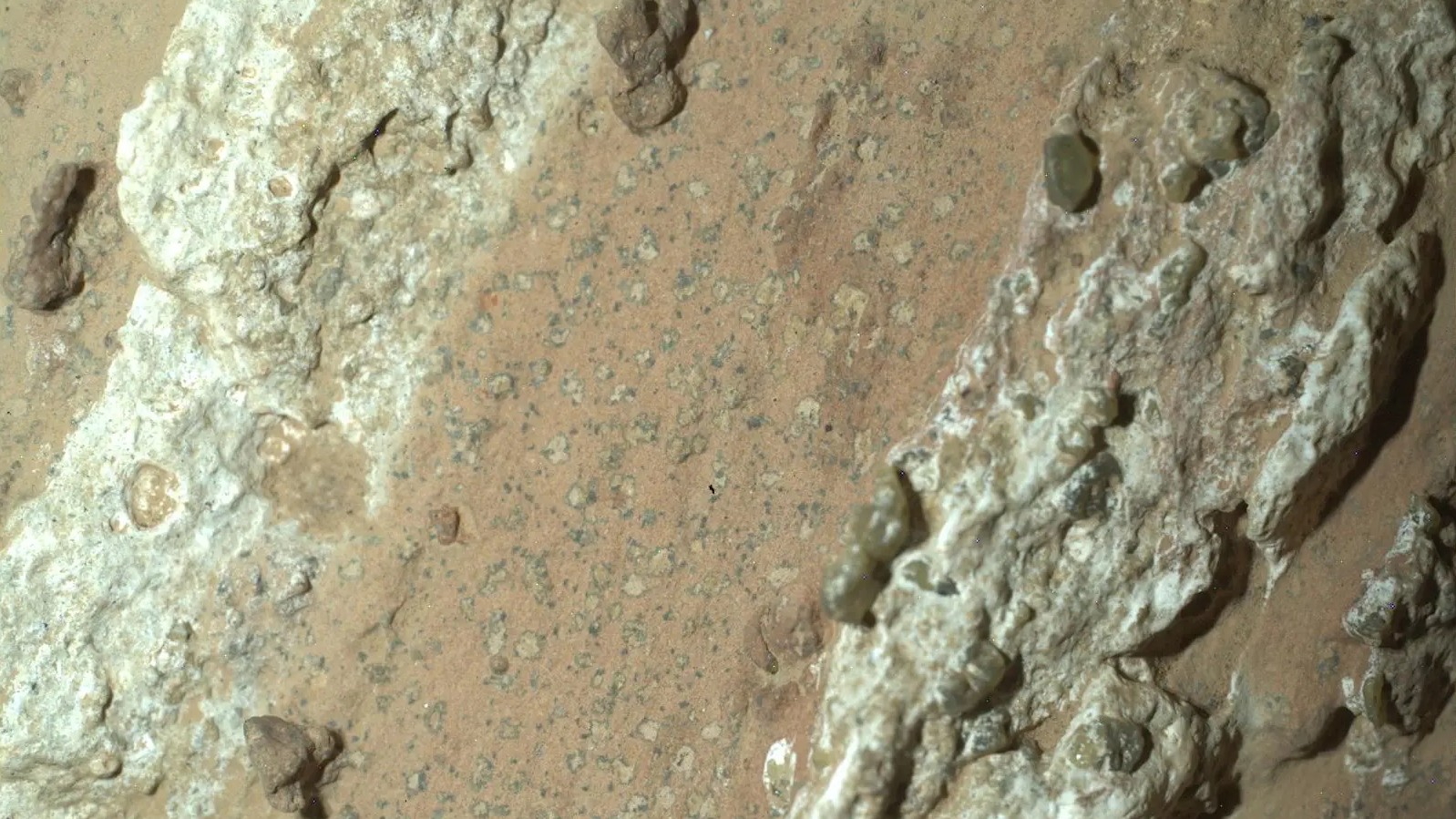Winchcombe meteorite: space rock may reveal how water came to Earth
New analysis of its violent journey confirms scientific theories on the origin of our planet's H2O

A fragment of meteorite which fell to earth in a quiet village in Gloucestershire may hold the answer to a question scientists have been puzzling over for decades: where did our planet's water come from?
The Winchcombe meteorite "streaked from space into the atmosphere as a spectacular green fireball" in 2021, said The Times. After search teams managed to recover a substantial amount of the space rock – around 300g – it was named after the village on which it fell.
Now a new analysis of the meteorite, published in the Meteoritics & Planetary Science journal, has revealed how it was heavily altered by water as well as smashed apart and reformed multiple times before it fell to Earth.
The Week
Escape your echo chamber. Get the facts behind the news, plus analysis from multiple perspectives.

Sign up for The Week's Free Newsletters
From our morning news briefing to a weekly Good News Newsletter, get the best of The Week delivered directly to your inbox.
From our morning news briefing to a weekly Good News Newsletter, get the best of The Week delivered directly to your inbox.
What's so important about this meteorite?
Search teams managed to recover the meteorite from several sites around Winchcombe – including a sample which landed on someone's drive – within days. It meant that the rocks weren't exposed to the Earth's atmosphere for an extended period, unlike most recovered meteorites.
"The speed which the fragments of Winchcombe were recovered left us with some pristine samples for analysis, from the centimetre scale all the way down to individual atoms within the rocks," said Martin Suttle from the Open University, who took part in the analysis, speaking to the BBC Sky at Night magazine.
Its excellent preservation meant that scientists were able to carry out a level of analysis "virtually unprecedented for materials that weren't directly returned to Earth from space missions, like moon rocks from the Apollo program or samples from the Ryugu asteroid collected by the Hayabusa 2 probe," said Dr Leon Hicks from the University of Leicester and the co-author of the new study.
What did the analysis reveal?
Initial analysis of the Winchcombe meteorite found that it was a very rare type of space rock called carbonaceous chondrite, which formed in the earliest periods of our solar system. While there are about 65,000 known meteorites on Earth, "only about 1,200 have been seen while falling and, of these, only 51 are carbonaceous chondrites", said The Times.
A free daily email with the biggest news stories of the day – and the best features from TheWeek.com
Closer analysis revealed that the meteorite was formed from eight types of CM chondrite, the most common variation of carbonaceous chondrite. The findings suggest the asteroid from which the meteorite originated had been smashed apart and reformed multiple times, possibly following collisions with other asteroids early in the solar system's history.
"If you imagine the Winchcombe meteorite as a jigsaw, what we saw in the analysis was as if each of the jigsaw pieces themselves had also been cut into smaller pieces and then jumbled in a bag filled with fragments of seven other jigsaws," said Luke Daly of the University of Glasgow, who led the research.
But what does it tell us about Earth's water?
The new analysis of the meteorite also gave scientists "insight into the very fine detail of how the rock was altered by water in space", said Daly.
One leading theory of how water came to Earth is that some of it was carried here in carbonaceous asteroids, much like the kind the Winchcombe meteorite originated from.
The Winchcombe sample appears to support this idea, because the isotopic signatures of the hydrogen and oxygen (the atomic ingredients for water) found in the meteorite is a close match for that seen in the ocean, suggesting a shared source.
But carbonaceous chondrites probably aren't the only sources of the Earth's water. One leading theory published in Nature suggests that much of it has been here since the Earth first formed.
However many planetary geologists believe a significant portion came from beyond our atmosphere. "There's so much evidence," said Anat Shahar, a geochemist at the Carnegie Institution for Science, speaking to Scientific American. "We can't argue against it."
Sorcha Bradley is a writer at The Week and a regular on “The Week Unwrapped” podcast. She worked at The Week magazine for a year and a half before taking up her current role with the digital team, where she mostly covers UK current affairs and politics. Before joining The Week, Sorcha worked at slow-news start-up Tortoise Media. She has also written for Sky News, The Sunday Times, the London Evening Standard and Grazia magazine, among other publications. She has a master’s in newspaper journalism from City, University of London, where she specialised in political journalism.
-
 7 bars with comforting cocktails and great hospitality
7 bars with comforting cocktails and great hospitalitythe week recommends Winter is a fine time for going out and drinking up
-
 7 recipes that meet you wherever you are during winter
7 recipes that meet you wherever you are during winterthe week recommends Low-key January and decadent holiday eating are all accounted for
-
 Nine best TV shows of the year
Nine best TV shows of the yearThe Week Recommends From Adolescence to Amandaland
-
 Blue Origin launches Mars probes in NASA debut
Blue Origin launches Mars probes in NASA debutSpeed Read The New Glenn rocket is carrying small twin spacecraft toward Mars as part of NASA’s Escapade mission
-
 ‘The Big Crunch’: why science is divided over the future of the universe
‘The Big Crunch’: why science is divided over the future of the universeThe Explainer New study upends the prevailing theory about dark matter and says it is weakening
-
 Dinosaurs were thriving before asteroid, study finds
Dinosaurs were thriving before asteroid, study findsSpeed Read The dinosaurs would not have gone extinct if not for the asteroid
-
 The moon is rusting
The moon is rustingUnder the radar The Earth is likely to blame
-
 Panspermia: the theory that life was sent to Earth by aliens
Panspermia: the theory that life was sent to Earth by aliensUnder The Radar New findings have resurfaced an old, controversial idea
-
 Africa could become the next frontier for space programs
Africa could become the next frontier for space programsThe Explainer China and the US are both working on space applications for Africa
-
 NASA reveals ‘clearest sign of life’ on Mars yet
NASA reveals ‘clearest sign of life’ on Mars yetSpeed Read The evidence came in the form of a rock sample collected on the planet
-
 Atoms into gold: alchemy's modern resurgence
Atoms into gold: alchemy's modern resurgenceUnder the radar The practice of alchemy has been attempted for thousands of years